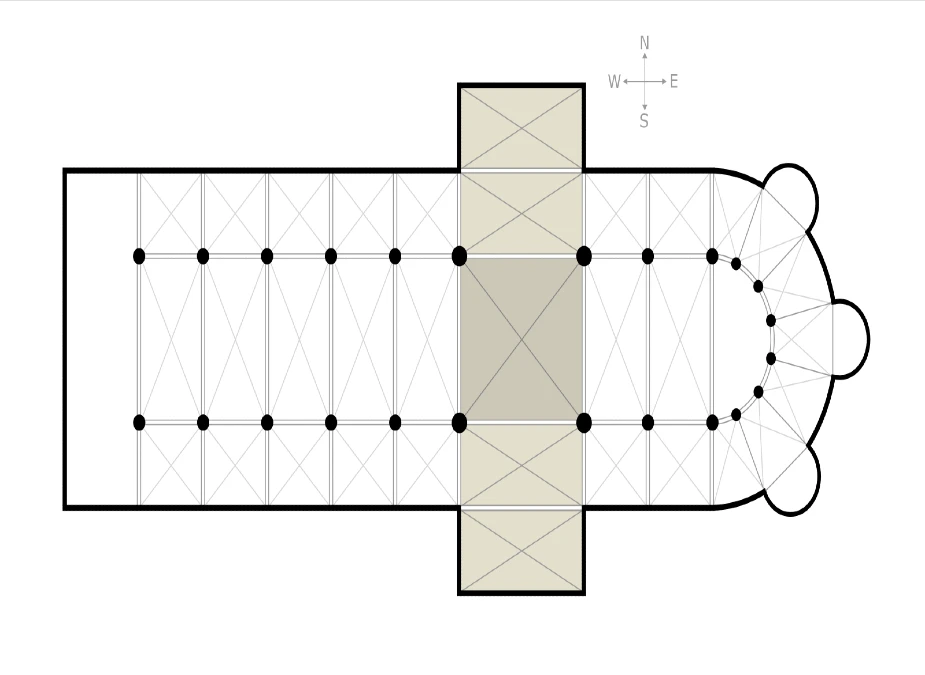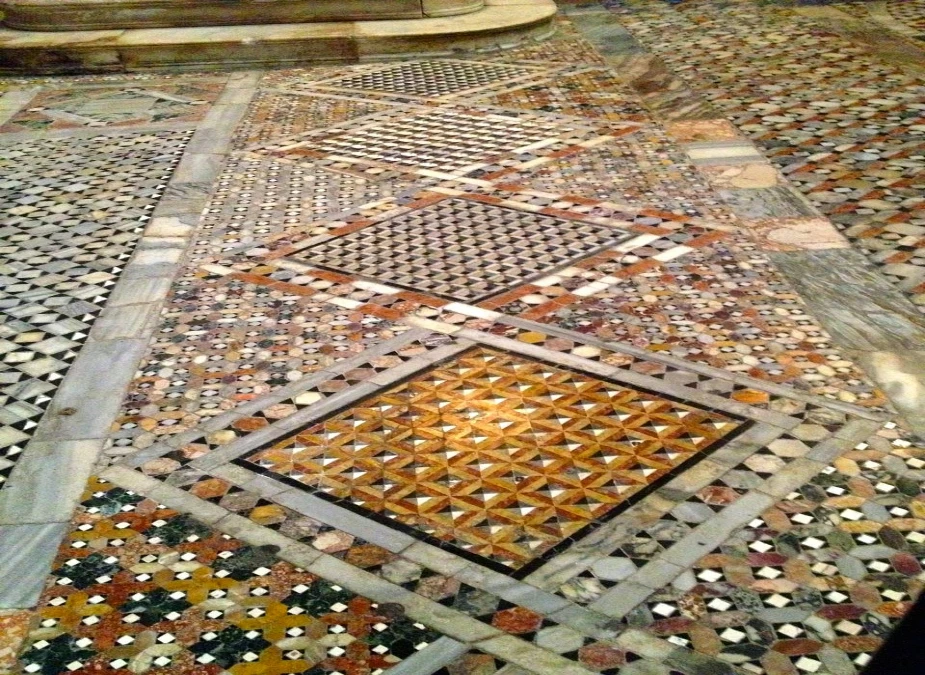St. Mark’s Basilica is one of the most iconic churches in Italy and stands as a testament to the long and lasting history of the city of Venice.
The Basilica is renowned for its impressive architecture and intricate marble inlays, and the Transept Chapel is no exception.
This chapel, located in the south transept of the Basilica, is an example of the ornate and intricate marble inlays for which the Basilica is famous.
Its walls have colorful marble inlays that tell stories from the Bible and the life of Saint Mark.
In addition to the inlays, the chapel also features several works of art, including a ciborium and a 13th-century altarpiece.
This article will briefly overview the Transept Chapel and its marble inlays and give insight into their historical context and significance.
Transept Chapels
The transept chapels of St. Mark’s Basilica are unique because each one is dedicated to a different saint in Christianity.
They are cool looking too because of all the decorations and art.
The transept has two parts;
- Northern Transept
- Southern Transept
Northern Transept
The northern part of the transept (area in the church) includes 5 chapels (small rooms inside the church): San Giovanni, Sant’Isidoro, Madonna Nicopeia, Madonna Mascoli and San Pietro.
- San Giovanni’s chapel has 12th-century mosaics.
- Sant’Isidoro has 14th-century mosaics and a wall with a saint’s sculpture.
- Madonna Nicopeia has a Byzantine icon with a stone-studded frame.
- Madonna Mascoli has a 15th-century Gothic altar sculpture, and San Pietro’s has a 14th-century altar screen, a view of the high altar, and choir mosaics.
Southern Transept
The southern part of the transept has two significant places: the Doge’s Palace, which used to be called the Chapel of Saint Clemente, and the Sacramental Altar.
The chapel of Saint Clemente has 12th-century mosaics.
The Sacramental Altar was built in 1617, and the mosaic in front of it remembers when St. Mark’s relics were found after a fire damaged them in 976.
The purpose of the transept in a church

A transept is part of a building that separates the central area from a round one at the end, making the building look like a cross.
People sometimes just call the transept the cross.
Marble Inlays

When you visit St. Mark’s Basilica in Venice, you will be amazed by the stunning tessellated marble flooring that covers 2099 square meters.
The marble was brought from Constantinople in 1209, when Venice flourished with valuable Eastern Mediterranean marbles.
The marble’s pattern features animals, plants, and geometric shapes that tell a story.
Although the basilica’s exterior has withstood damage over time, the marble still stands strong and will take your breath away.
But what are marble inlays anyway?
Marble inlay is a complicated process that requires meticulous cutting and carving by hand to create beautiful designs in marble.
It’s an old-fashioned way of decorating marble, and only some people know how.
Featured Image: Commons.wikimedia.org



